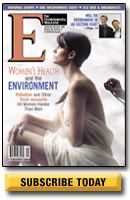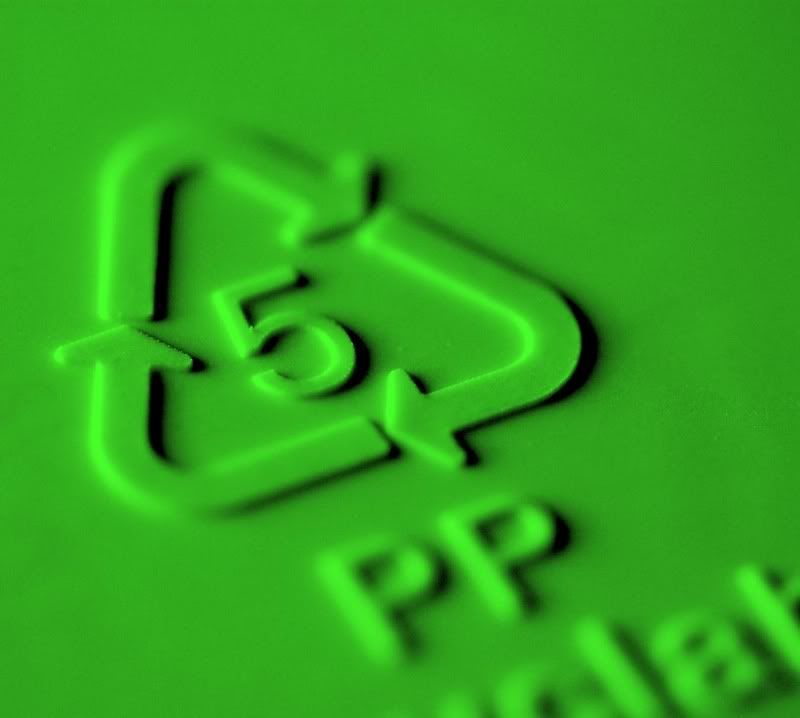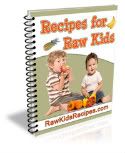Are #5 Plastics Safe?
January 25, 2009
 EarthTalkTM
EarthTalkTM
From the Editors of E/The Environmental Magazine
Dear EarthTalk:
It seems like more products are being packaged in #5 rather than #2 plastic today, and my local recycling agency won’t take #5. I’ve also heard that #5 plastics are more toxic, which concerns me more than the recyclability issue.
Which plastic is the better choice?
– Janice Shaffer, Chillicothe, MO
Polypropylene, which is marked with #5 inside the “chasing arrows” symbols on the bottom of plastic containers, is a lighter-weight plastic resin commonly used in dairy and deli packaging. Some companies have chosen this lighter plastic because it has a lower environmental impact to produce and transport.
High density polyethylene (HDPE), which is marked with #2, is a stiffer resin used to package cleaning products and also some dairy products. The most widely used resin type for consumer food products is polyethylene terephthalate, or PETE, which is marked with #1 and used for soda and water bottles.
According to Consumers Union’s “Greener Choices” website, all three of these plastics are considered safe for their original use, though any of them can leak toxins when reused repeatedly. And all three can be recycled, though a lagging market leads some recycling locations to limit what they’ll accept. There is also concern that widespread plastics recycling encourages more use of plastics, and that efforts would be better spent getting consumers to buy fewer plastic-encased products. Some even criticize the chasing-arrow labeling system for implying a higher level of recyclability than is presently available.
Why is a lighter-weight plastic better? According to dairy company Stonyfield Farm, their #5 one-quart yogurt container uses 30 percent less plastic than a #2 cup. Since it takes less material to make a thinner container, it reduces the amount of resin that needs to be manufactured. Stonyfield estimates that the use of #5 over #2 prevents the manufacture and disposal of more than 100 tons of plastic per year.
But savings comes from more than manufacturing. The heavier #2 plastics require more energy to transport. It’s not only getting the yogurt from Stonyfield’s plants to your store, but also getting the containers from the plastics manufacturer to their dairies. In fact, the company cites a packaging study by the Boston-based Tellus Institute which found that 95 percent of the environmental costs of packaging lie in production and less than five percent are associated with disposal.
According to the website Earth 911, a national directory of recycling outlets, the best thing consumers can do is to choose items with less packaging and buy in bulk when possible. So the next time you reach into the dairy case, grab the quart or gallon-size yogurt instead of the single-serving cups. Then, make sure you recycle only the allowable plastics so you don’t contaminate the lot. While recycling is important, it may be okay to landfill a product’s packaging if it was created with an environmentally responsible plan.
Besides seeking alternatives to plastic packaging, consumers can affect overall plastic use by supporting legislation that would require manufacturers to take back their plastic packaging, which would encourage “cradle-to-grave” practices. Further, you can support legislation that mandates more use of recycled plastic content, which would reduce the overall amount of virgin plastic produced in the first place.
CONTACTS: Stonyfield Farm’s Earth Actions, www.stonyfield.com/EarthActions, Consumer Reports’ Greener Choices, www.greenerchoices.org; Earth 911, www.earth911.com.
Go here to subscribe to E! Environmental Magazine
More Posts By Carrie:
Comments
Got something to say?









